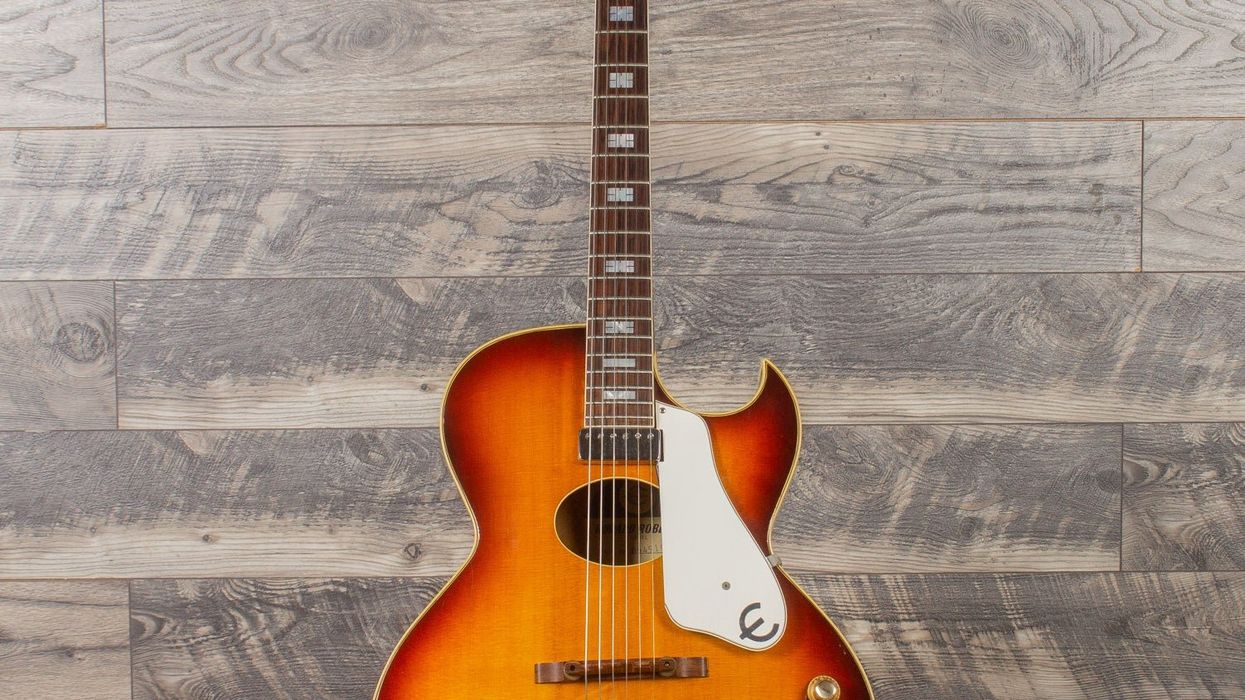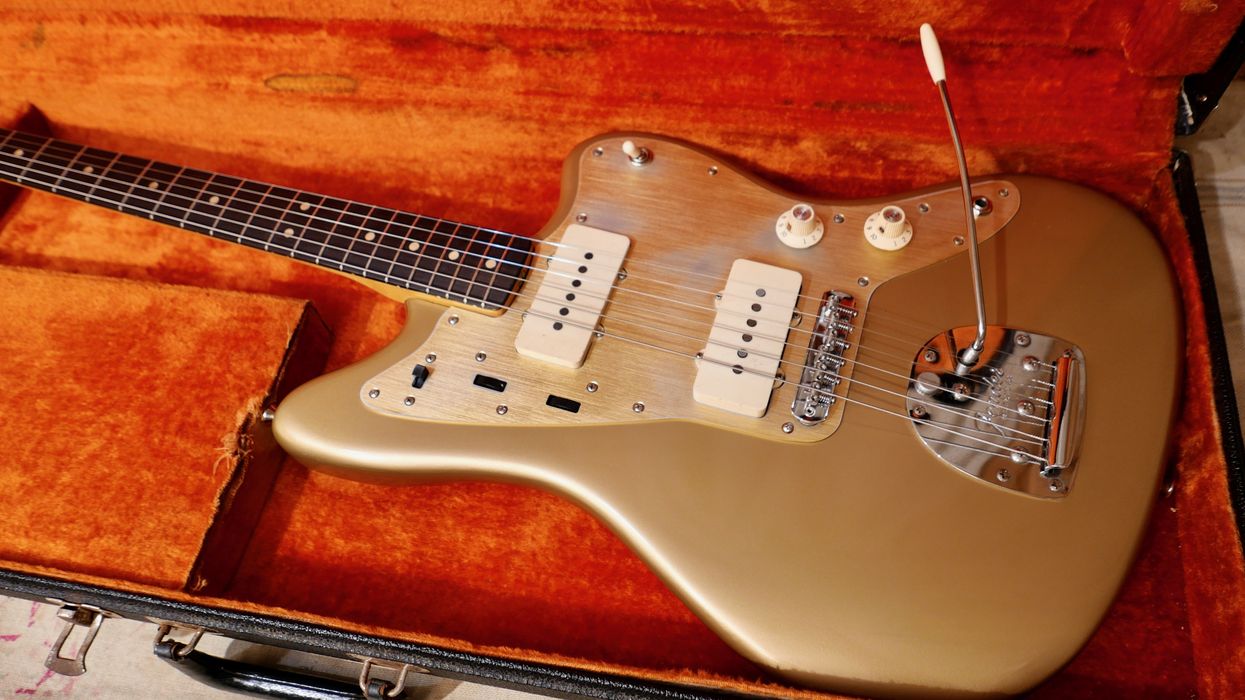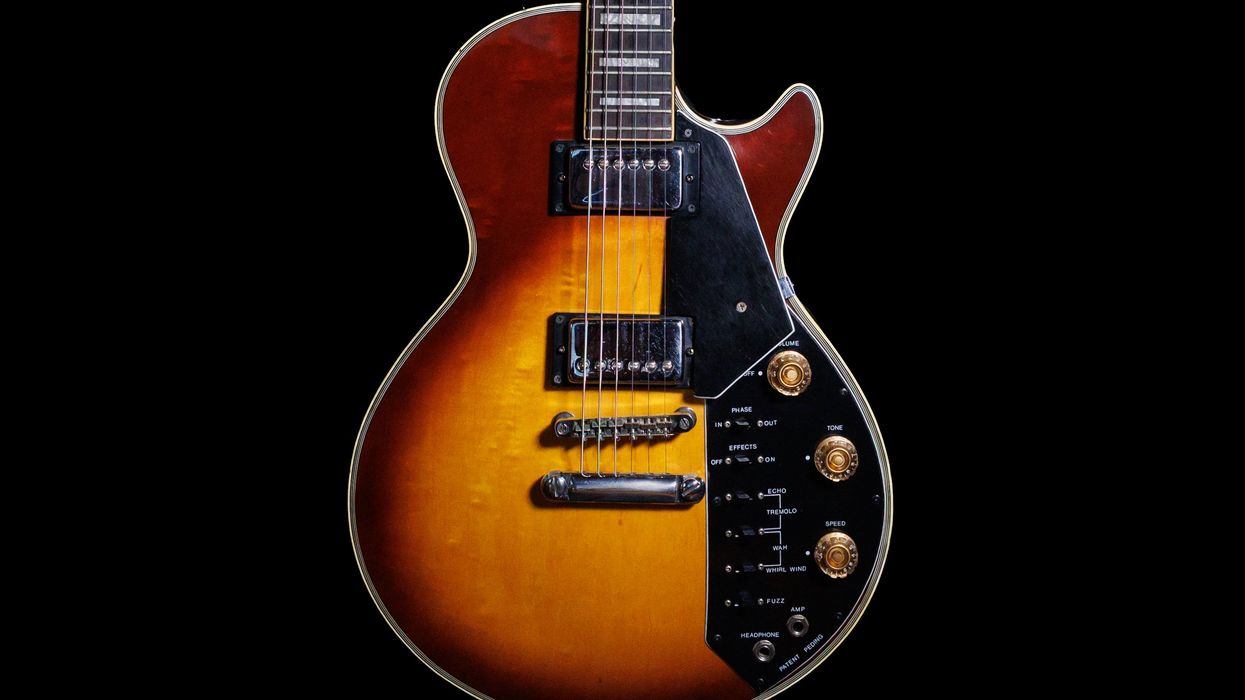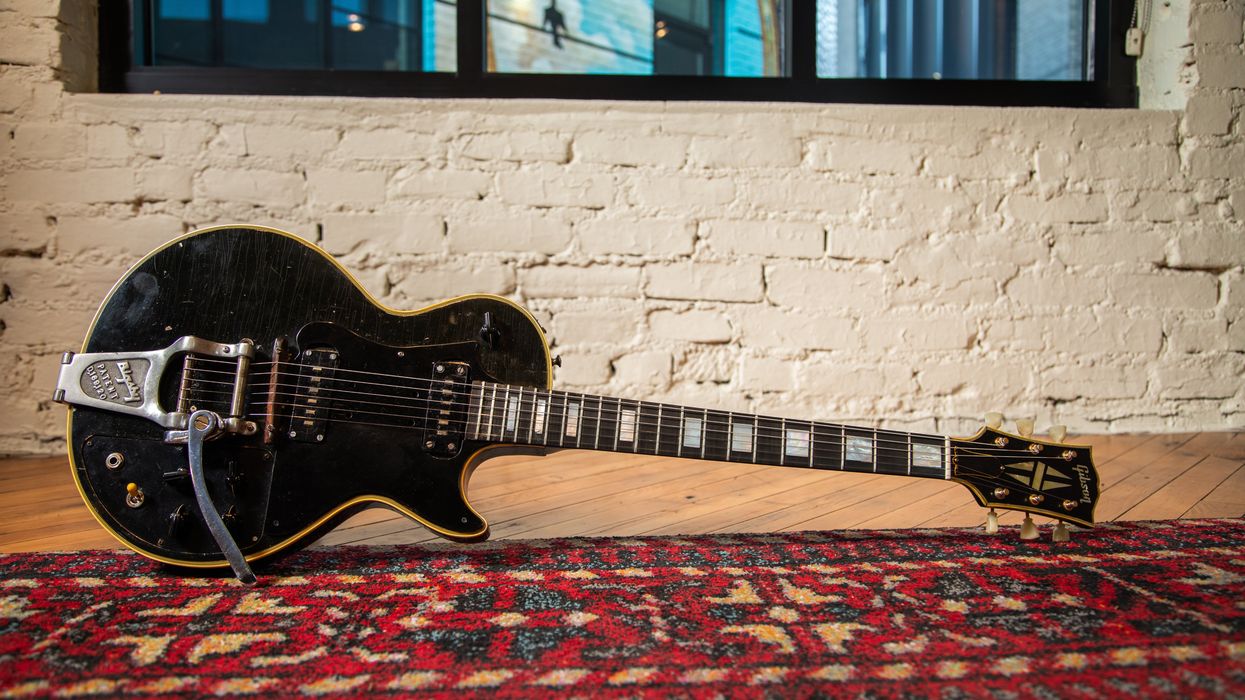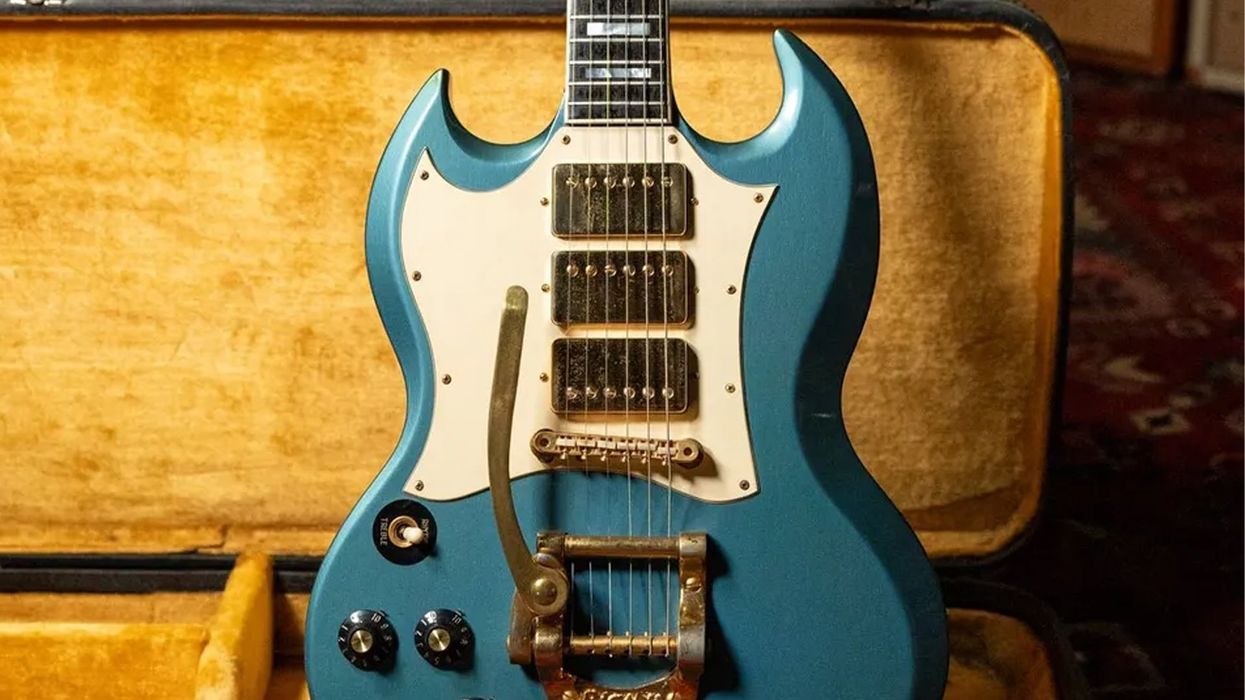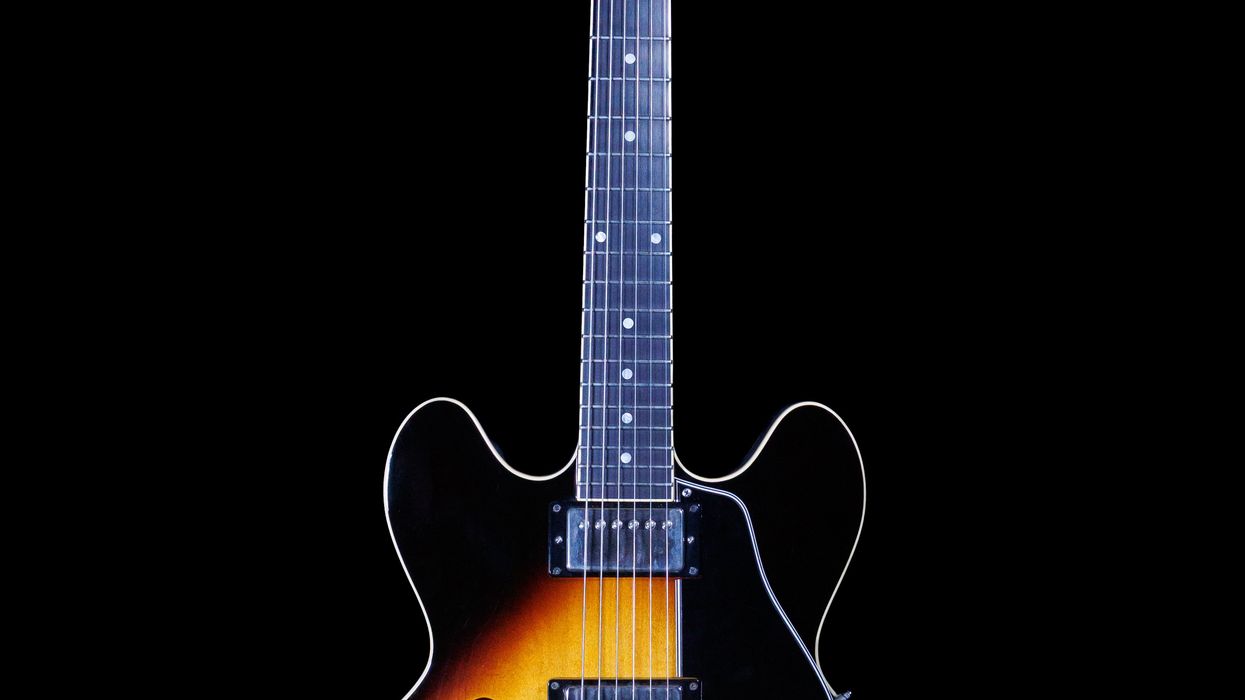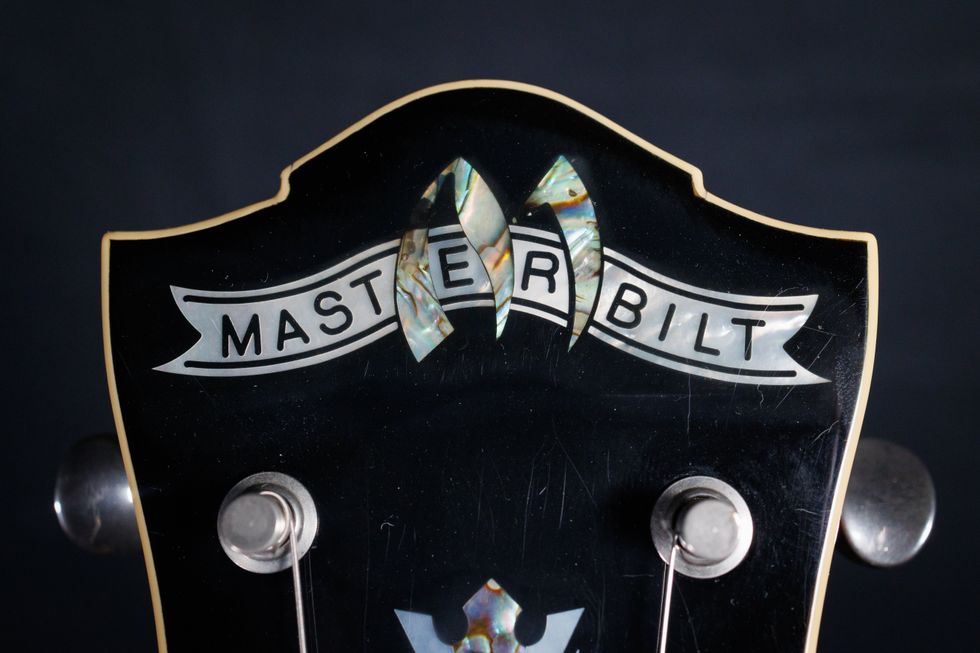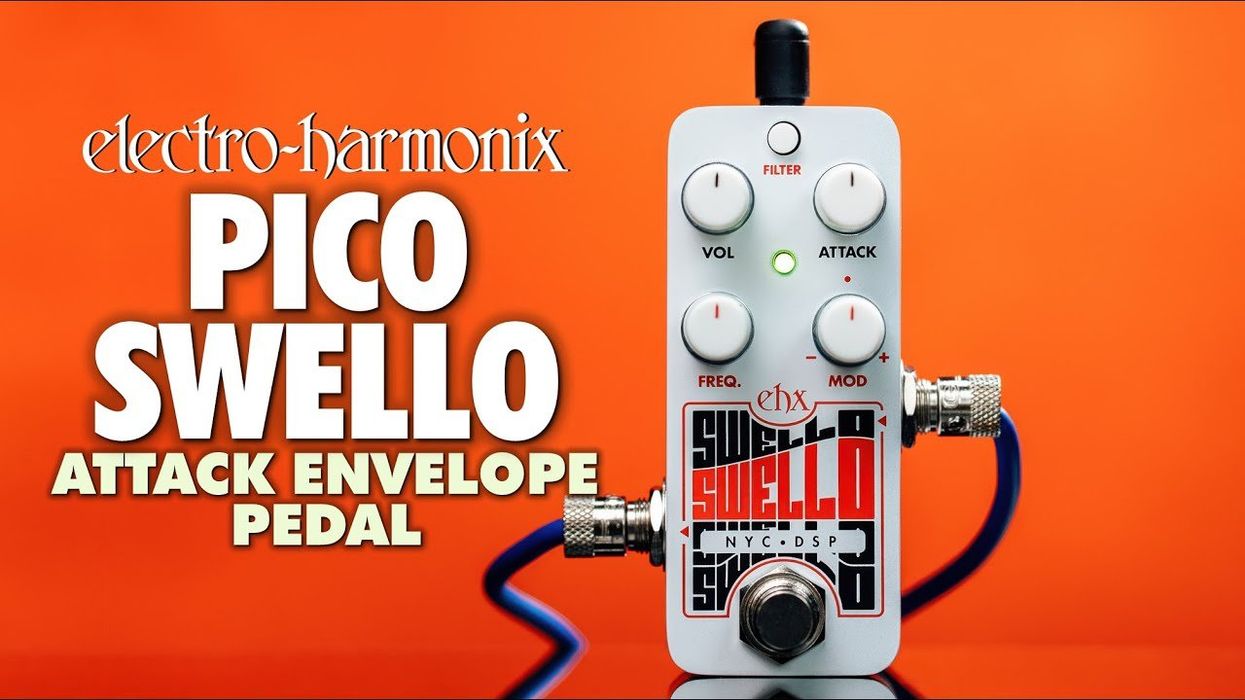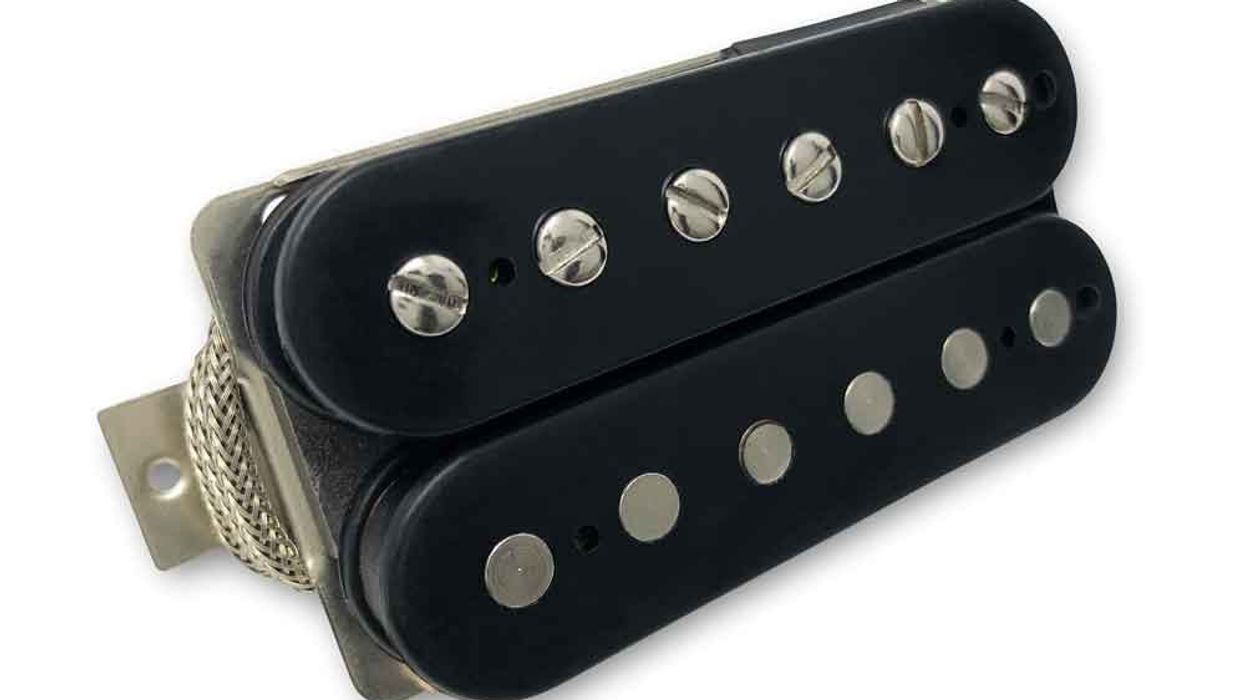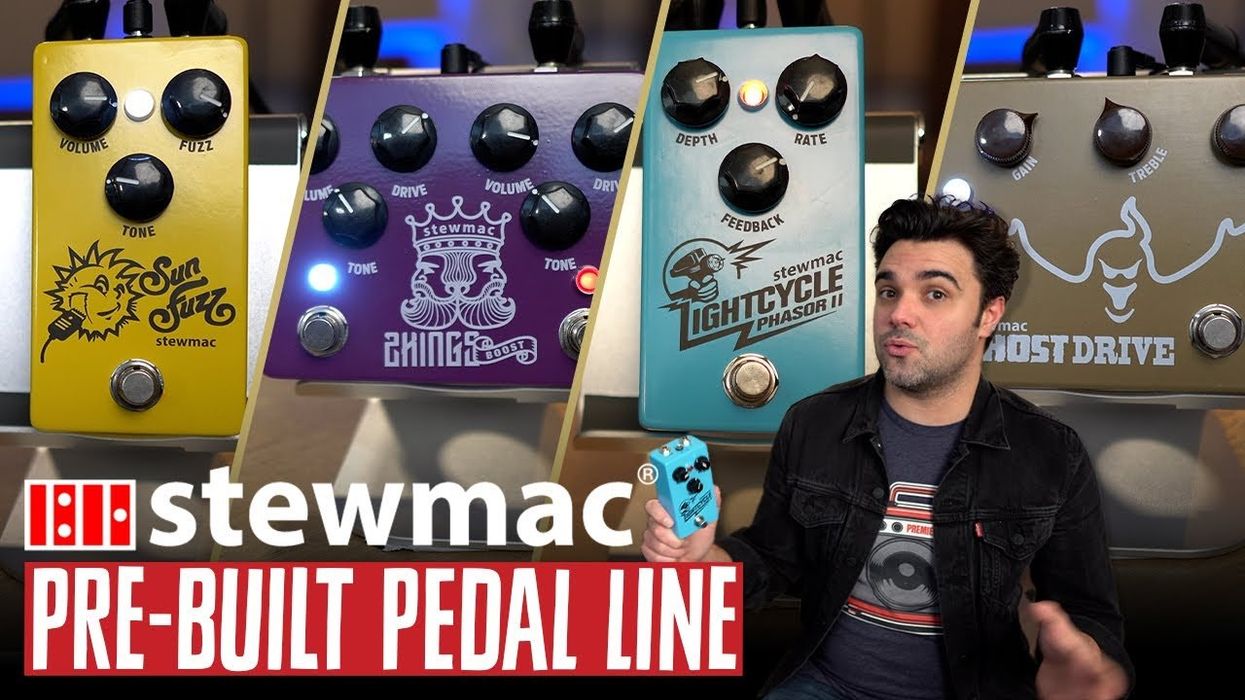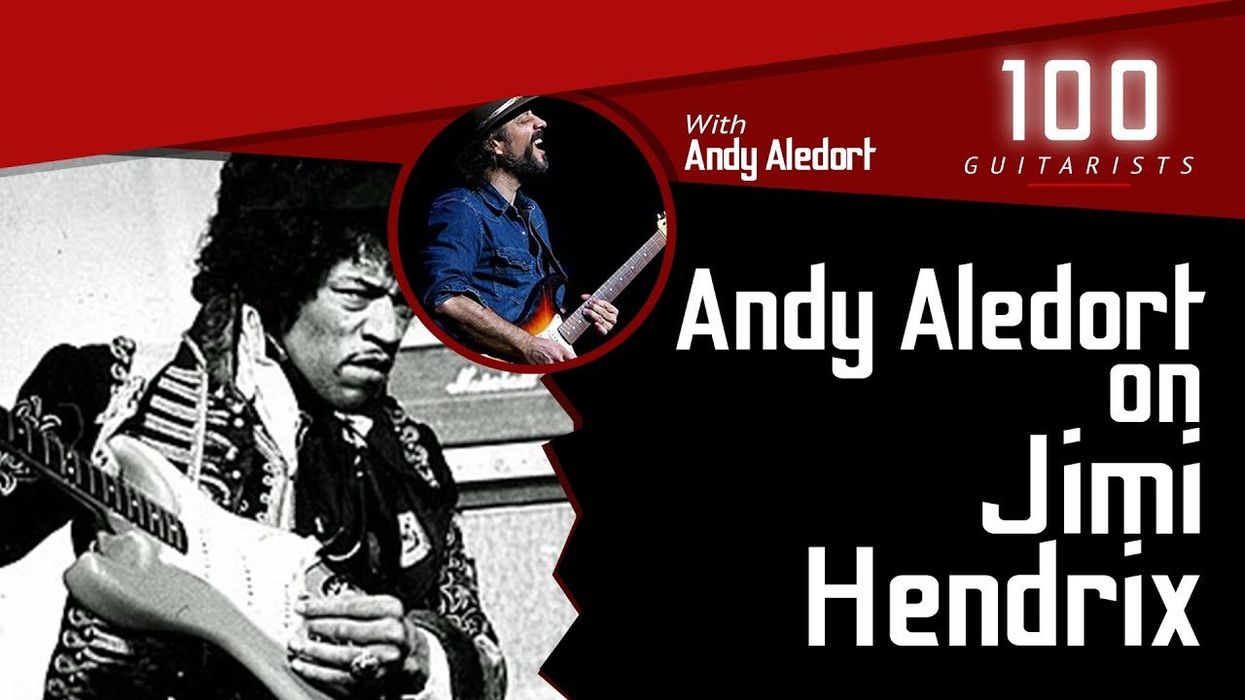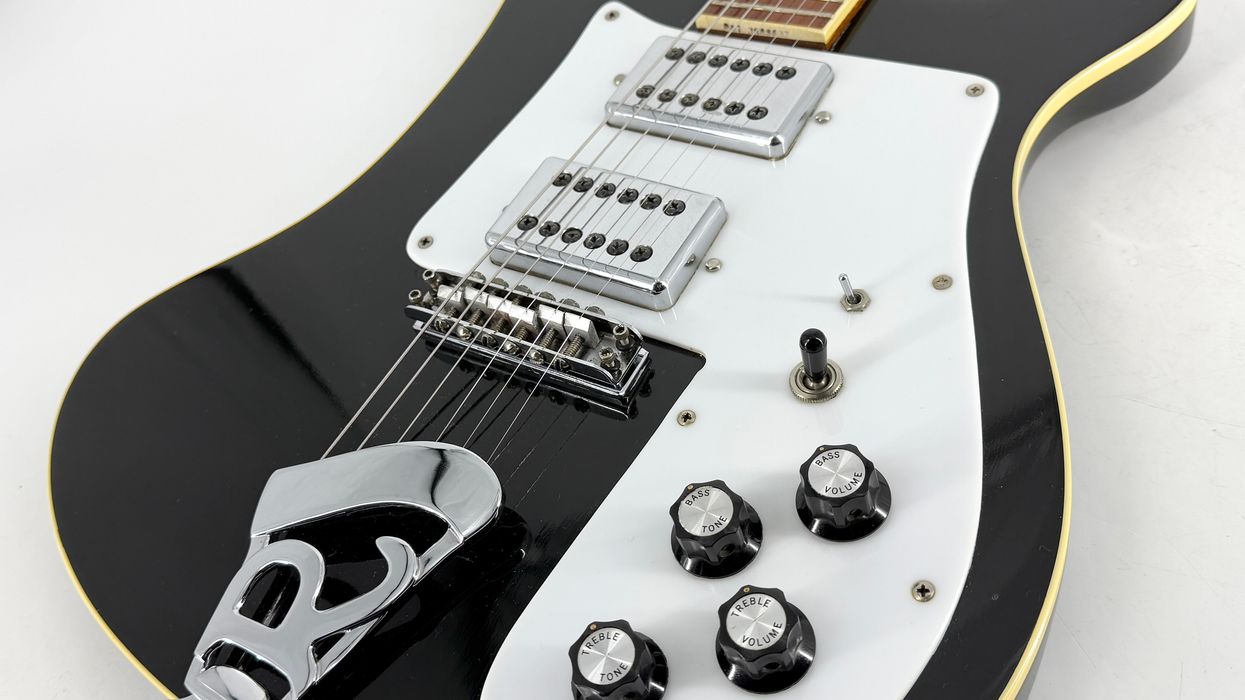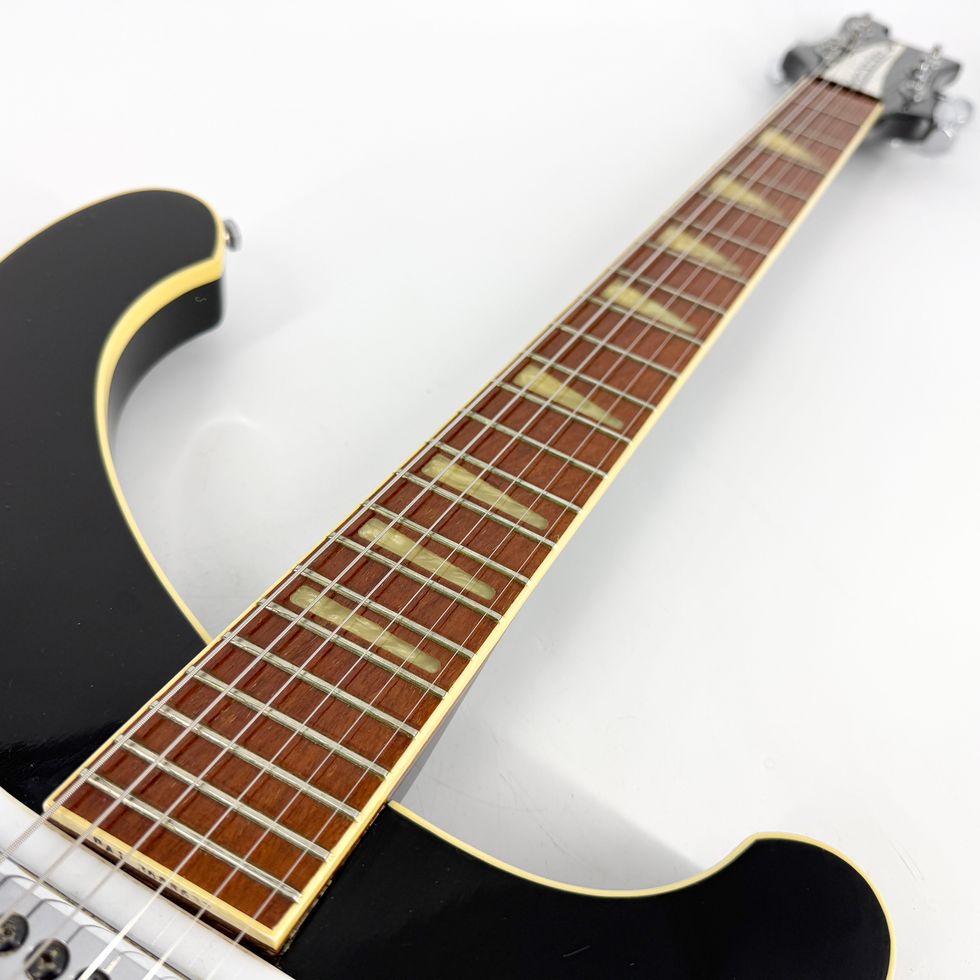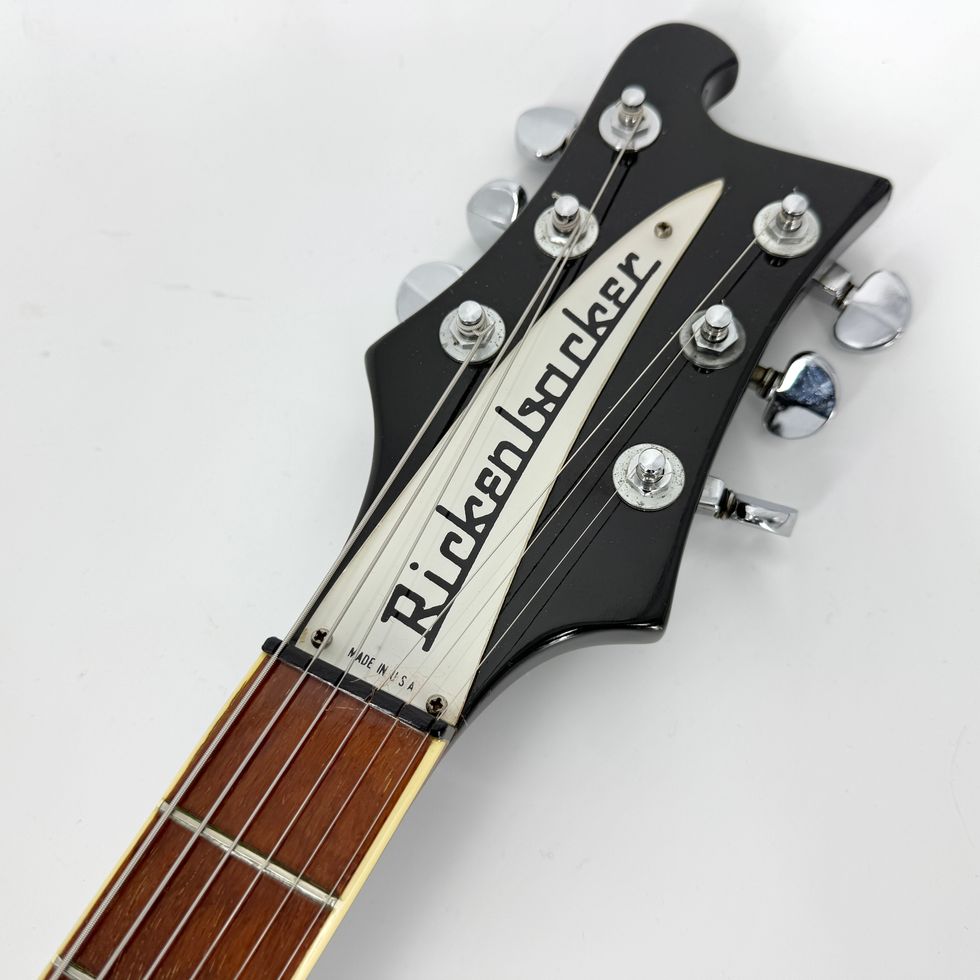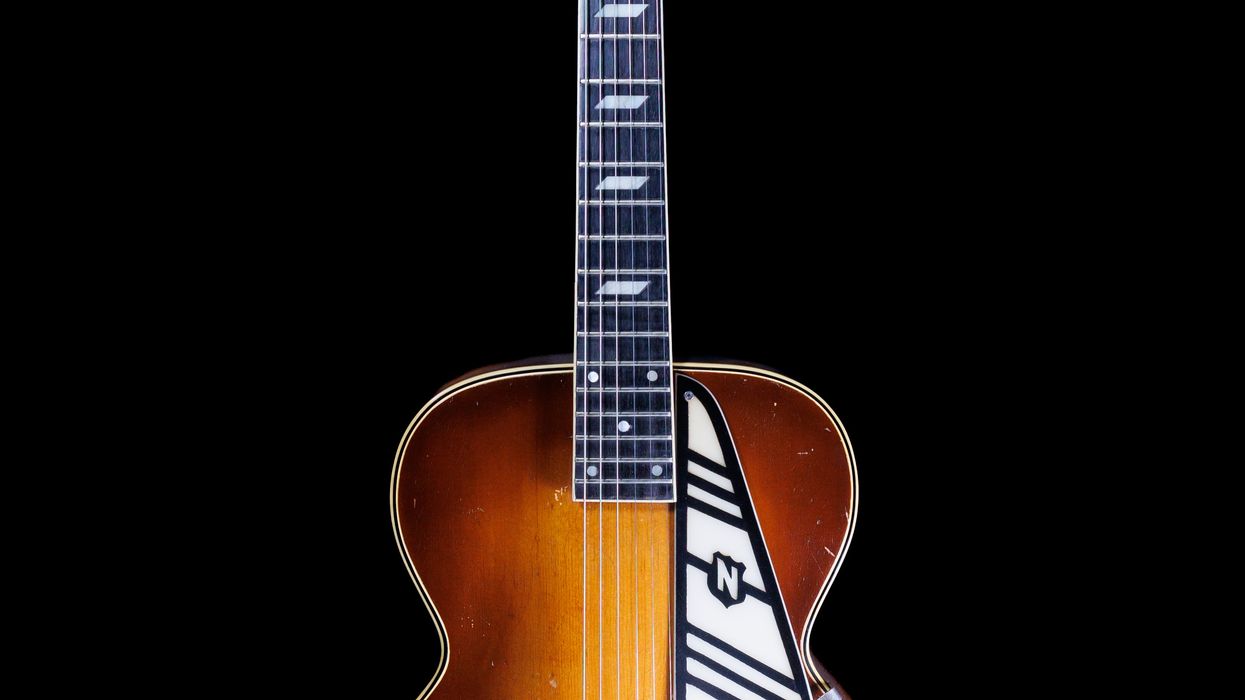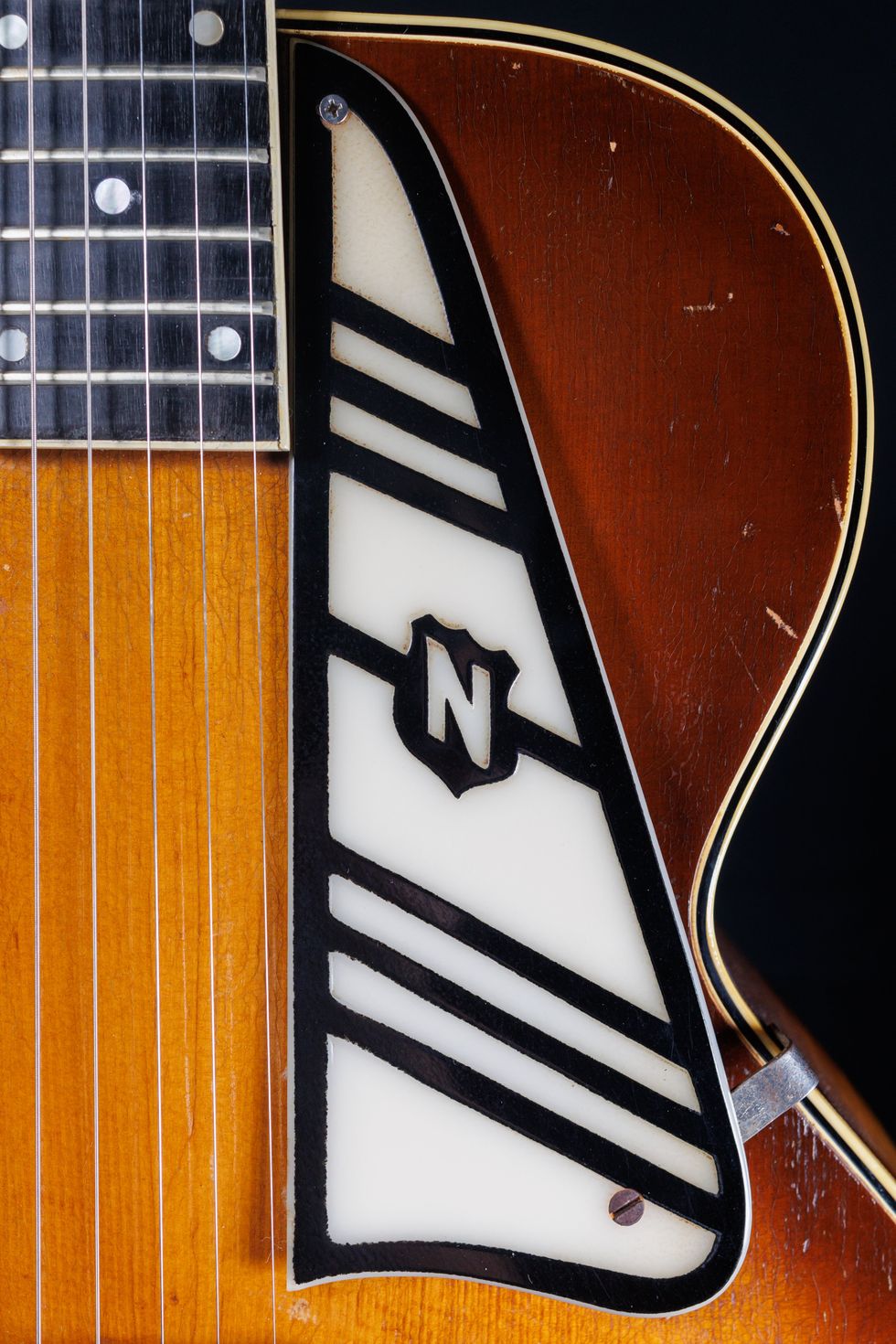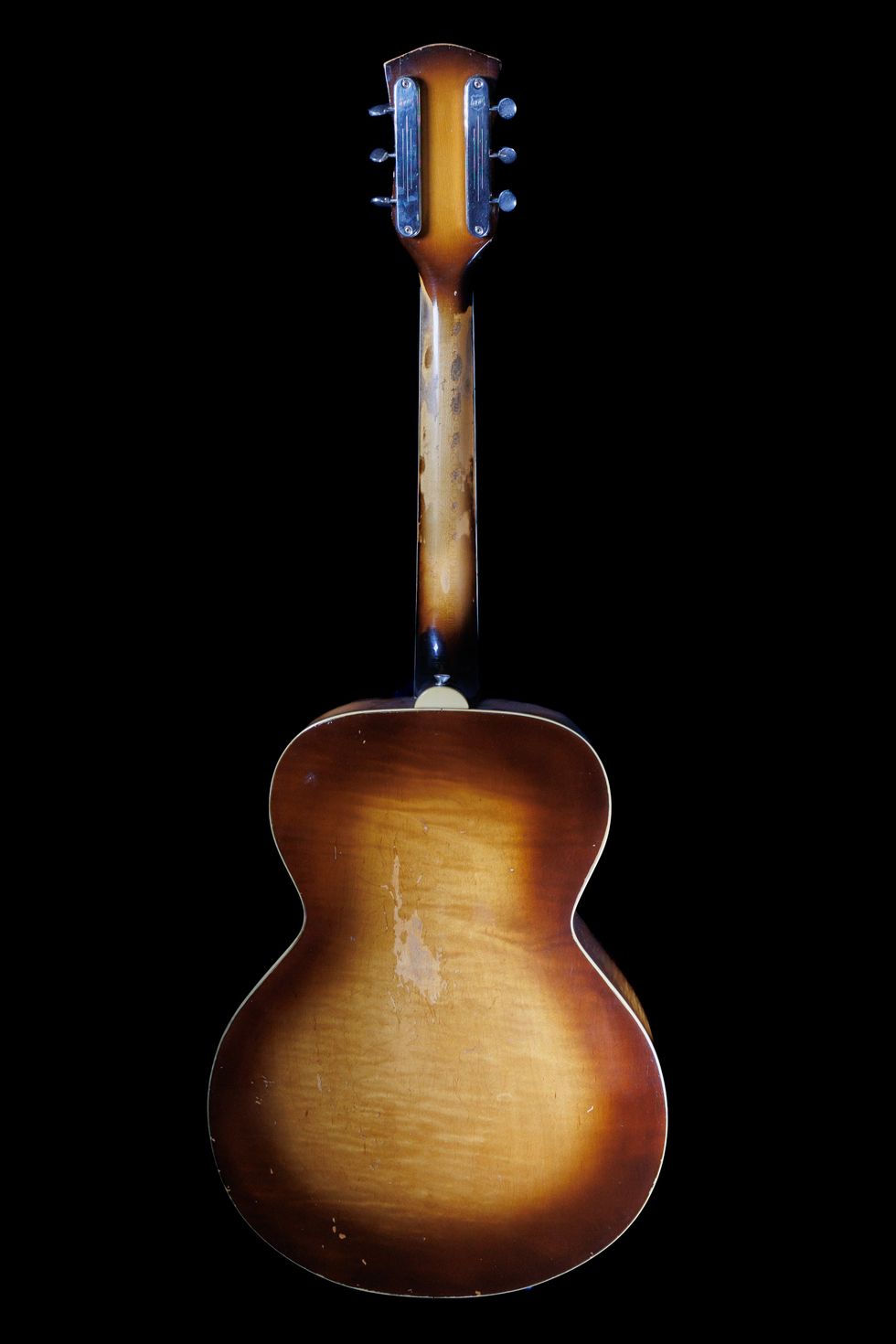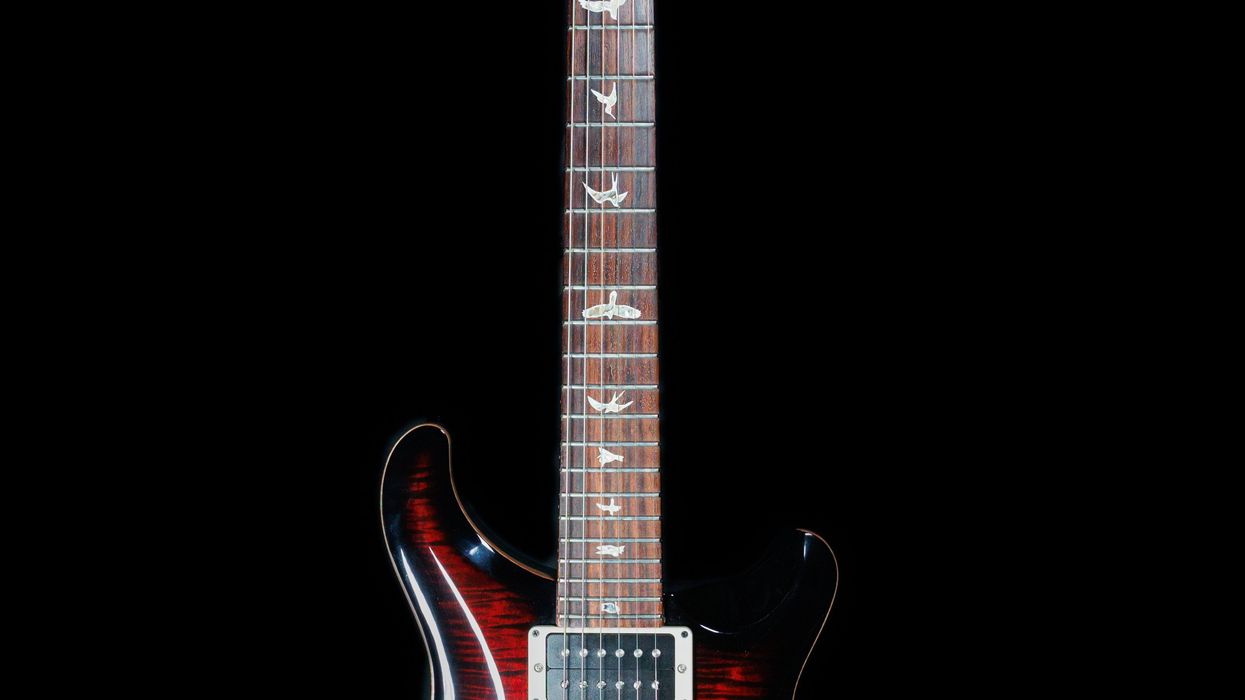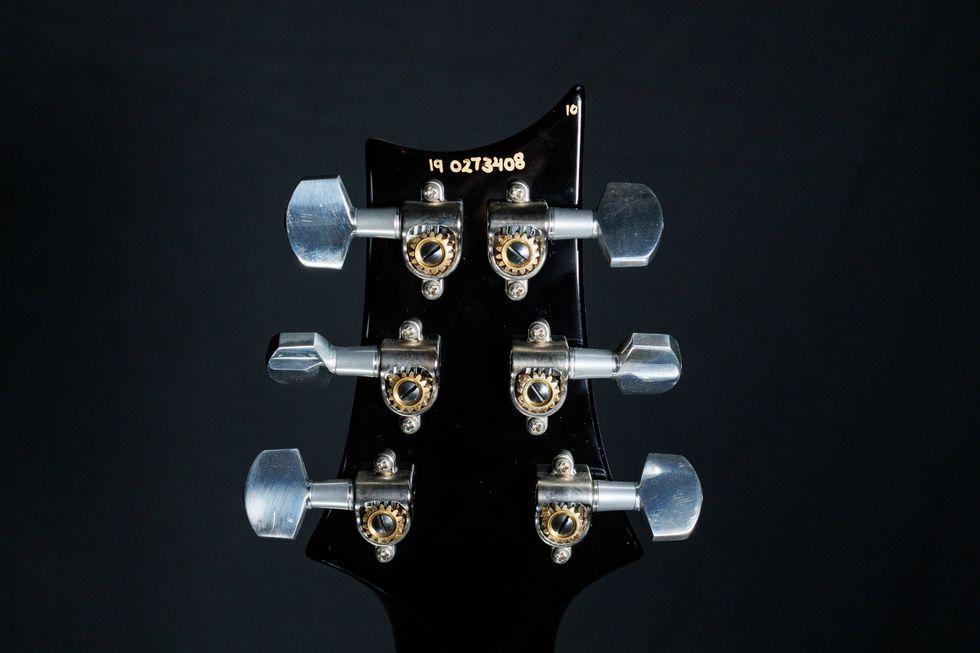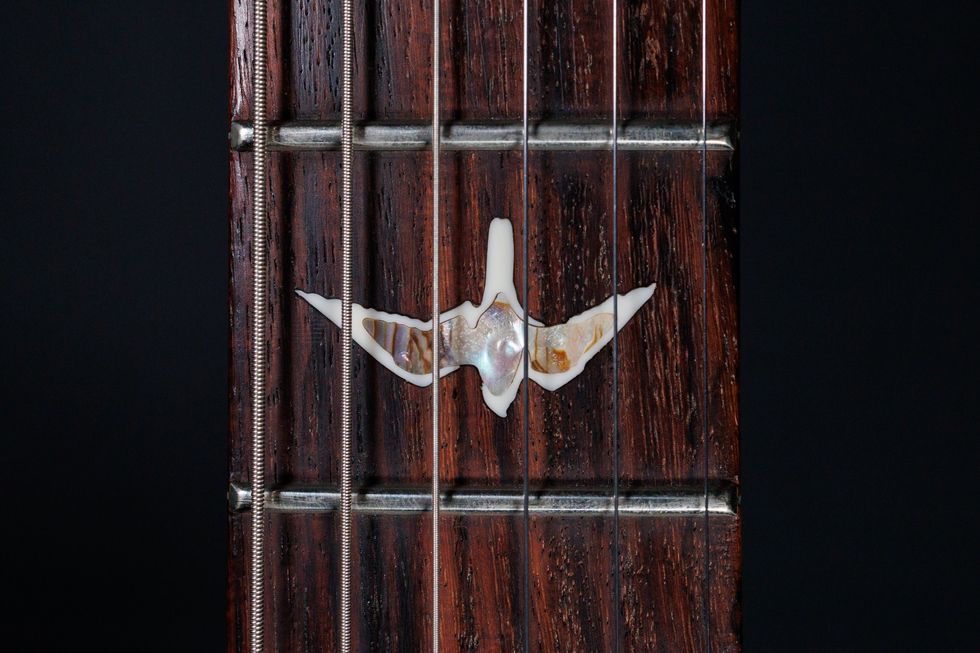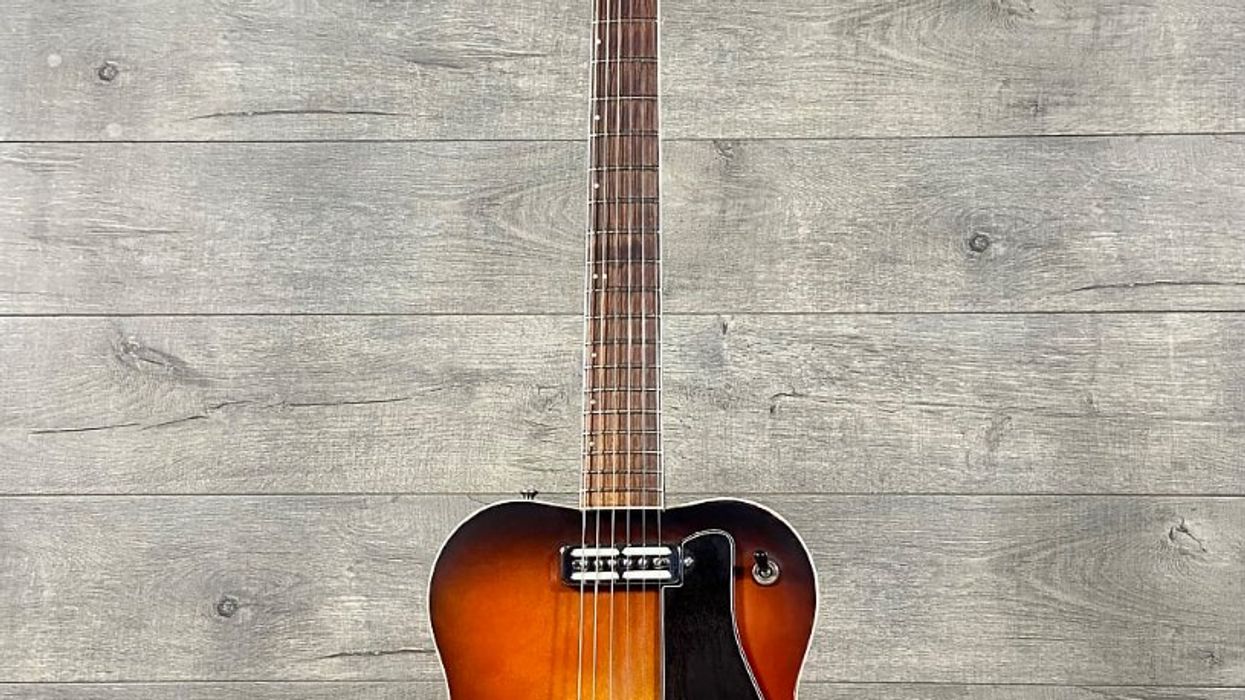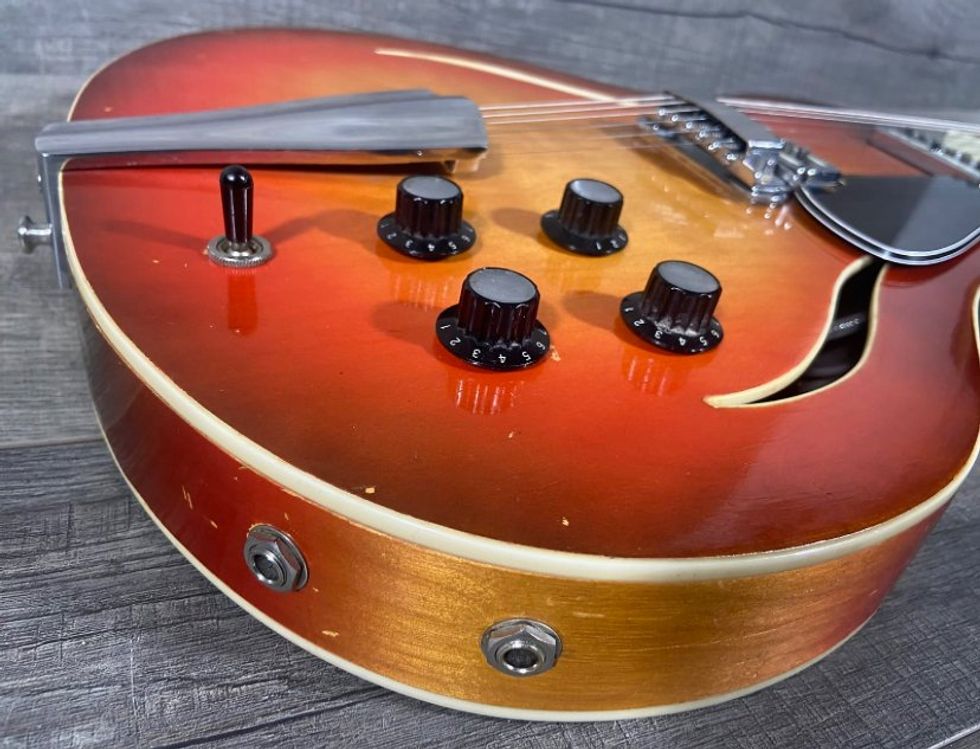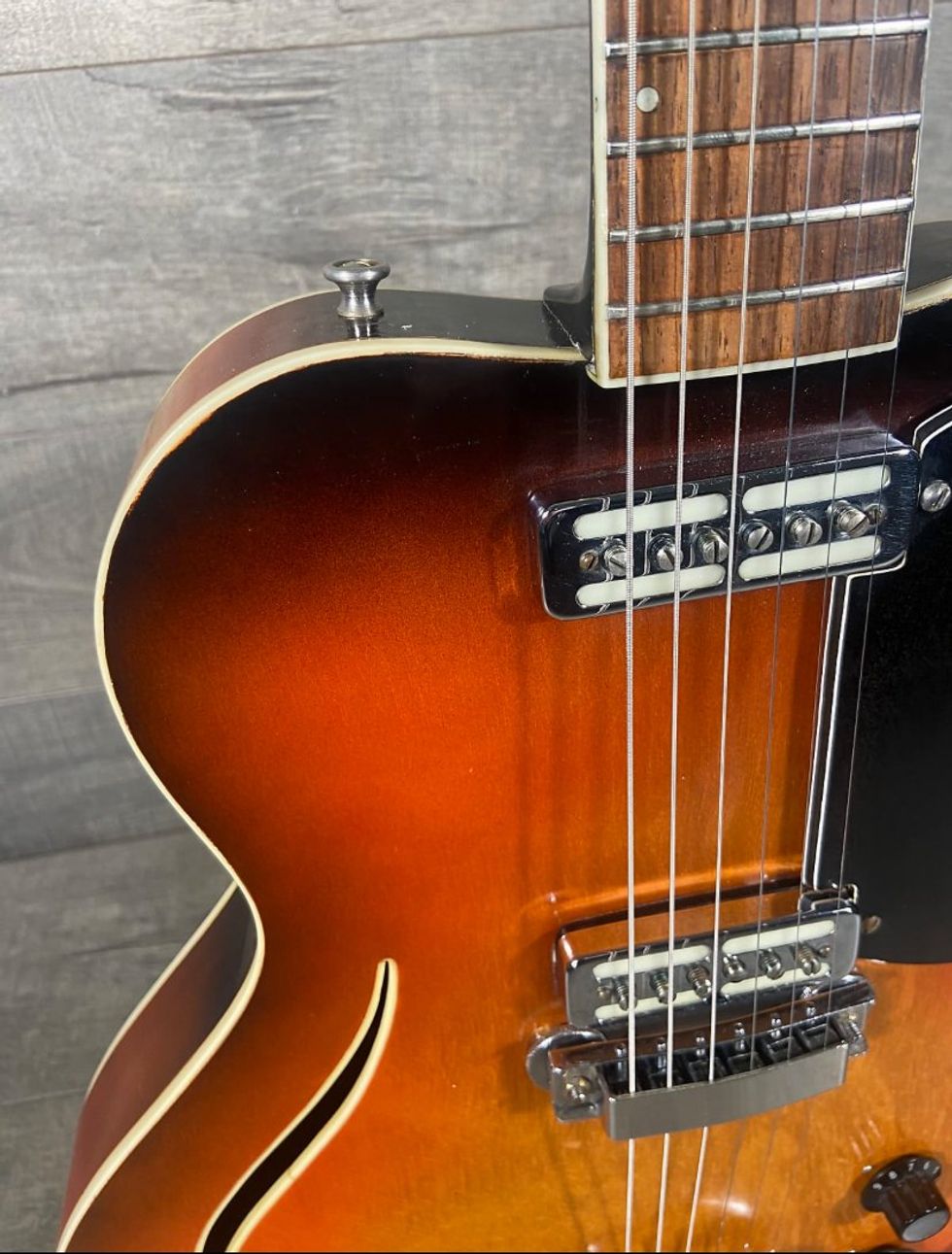My last installment of Vintage Vault, in the April 2024 issue, highlighted the signature guitars of Johnny Smith, a 20th-century jazz legend whose eye for detail resulted in the creation of a premium electric archtop for the ages. Here, we turn our eyes to what could be that guitar’s stranger cousin: an odd merging of acoustic and electric design built for jazz-fusion guitarist Howard Roberts.
Now, if you find yourself asking, “What made these guitars so strange?,” you need only look at the pictures, for a start. It’s an archtop electric with an oval soundhole smack in the middle of the soundboard. But the model contains other interesting twists and turns of guitar history, as it was conceived as an Epiphone, continued as a Gibson, and was widely copied by Japanese brands during the so-called lawsuit era. And it began its life, oddly enough, as a very different guitar.
Roberts first gained fame within the jazz-playing world in Los Angeles, picking up session work in the 1950s before making his first records as a leader in the early ’60s. It was around this time that he connected with designer Andy Nelson at Chicago Musical Instruments Co. (CMI)—which had recently acquired both Epiphone and Gibson—to sketch out what might’ve been Roberts’ first signature guitar.
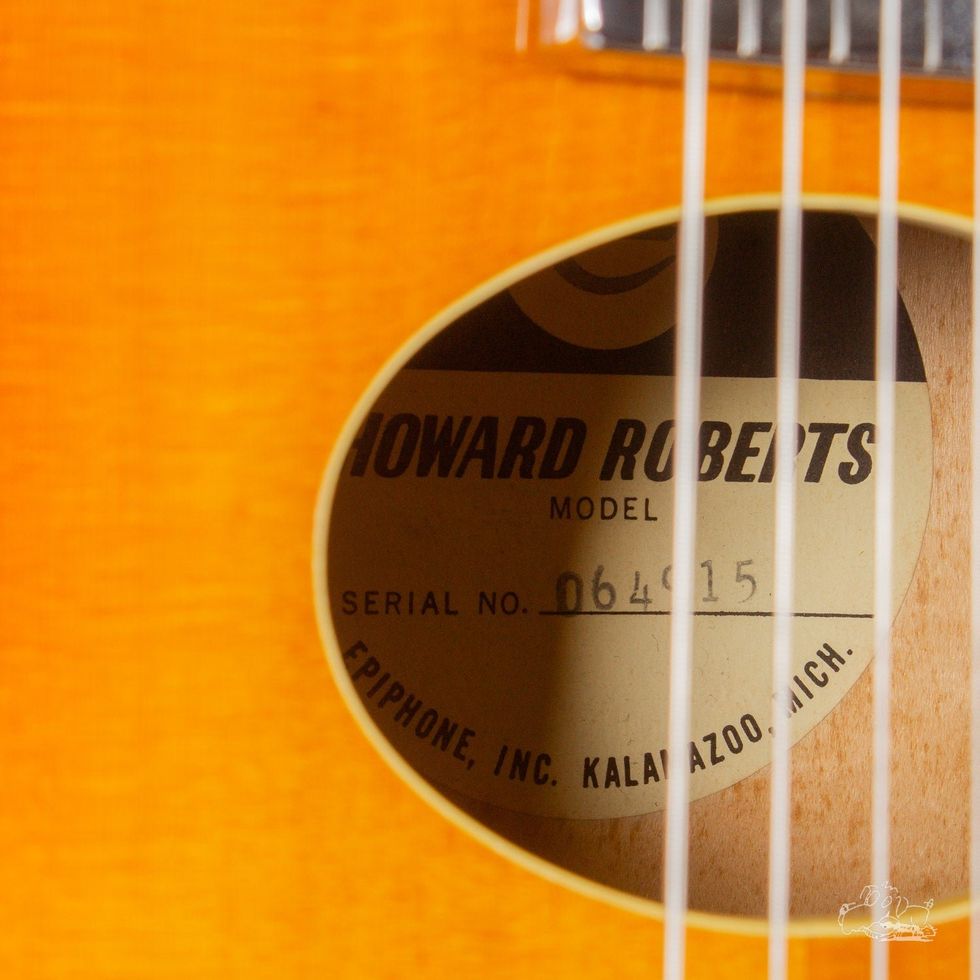
This 1967 Epiphone Howard Roberst signature would’ve been available for about $455 in its year of release.
Photos courtesy of Reverb and Garrett Park Guitars
The initial ideas were unique. It was to be built in the manner of Epiphone’s single-cutaway Triumph, a 17 3/8"-wide acoustic jazzbox that some players had taken to modifying with a floating neck pickup. Nelson and Roberts’ plan was to instead place a humbucker right into the body. This pickup, Nelson wrote, “must be sealed in black epoxy resin” to prevent feedback and help give a unique appearance, as it would double as a frame.
Reportedly, the guitar was simply too unique to be built, requiring new tooling that CMI didn’t want to invest in. However, the L-4 machinery was, at the time, sitting idle, so the thought went, why not create a Howard Roberts signature with the available tools?
“It gave him the warmth of the early acoustic archtops he was after, with the electric versatility that was all but obligatory in Roberts’ own era of music.”
The result, in 1964, was the first Epiphone Howard Roberts, an altogether different guitar, whose oval soundhole harkened back to the 1920s L-4s of old. It carried the sharp, Florentine cut of then-recent ’50s models, and a floating mini-humbucker in place of Nelson and Roberts’ embedded-and-epoxied dreams. (Unlike the Johnny Smith models, Roberts’ volume and tone pots were affixed to the body.)
Available first as a standard-production model, the Howard Roberts had a carved spruce top, a 16 1/4" lower-bout width, a nickel tailpiece with three raised parallelograms for some added flair, a rosewood bridge and fretboard, and tasteful block inlays up the neck. (The Vintage Vault find here is an all-original Epi Howard Roberts from 1967.) In 1965, the Howard Roberts Custom swapped in a Tune-o-matic bridge, ebony fretboard, and vine peghead inlay in place of the standard’s vertical oval.
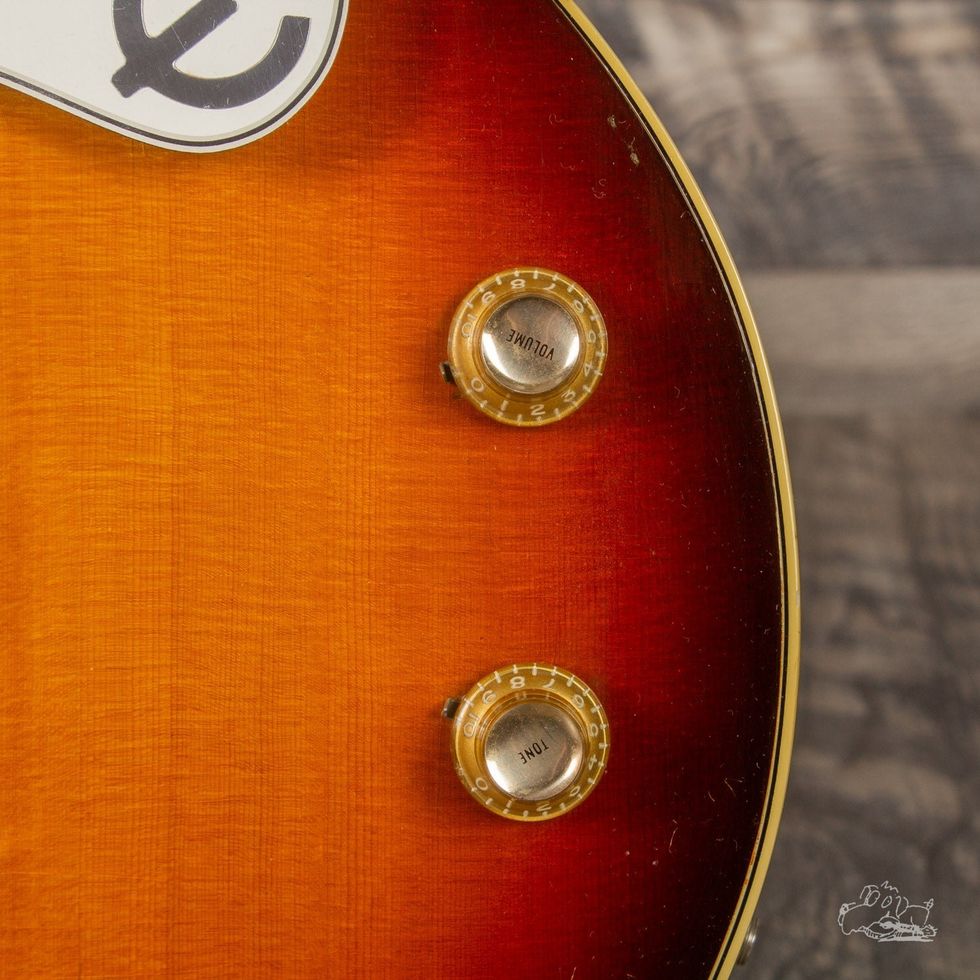
The model features just one volume and one tone knob, a Tune-o-matic bridge, and ebony fretboard.
Photos courtesy of Reverb and Garrett Park Guitars
Neither model (nor, for that matter, the pickup-free acoustic variants) sold particularly well at the time. Epiphone built an estimated 350 or so before ending its production in 1970, when the company’s manufacturing moved overseas.
But that didn’t stop Roberts from enjoying the guitar. It gave him the warmth of the early acoustic archtops he was after, with the electric versatility that was all but obligatory in Roberts’ own era of music. And the slow sales from Epiphone didn’t dissuade Gibson from relaunching the guitar in many forms, starting with the Gibson Howard Roberts Custom in 1974. The wine-red prototype of this Gibson model turned into a favorite of Roberts’, who used it extensively from ’73 until his death in 1992.
In its third and fourth acts of life, the oval-soundhole Howard Roberts was built by Japanese guitar-makers under a spate of brand names—Ibanez, Hoyer, Greco, Goya—throughout the ’70s and finally reintroduced under the Epiphone brand in the ’90s.
Given the oddball nature of the guitar, you can find vintage models for a relative steal. The 1967 pictured here would’ve been available for about $455 upon release, but is on offer from Reverb seller Garrett Park Guitars now for $5,000, just a bit higher than Gibson models that have sold for around $3,000 in recent years.
Sources: Reverb listings and Price Guide data, Epiphone 1966 catalog, Gruhn’s Guide to Vintage Guitars by George Gruhn and Walter Carter, American Guitars: An Illustrated History by Tom Wheeler, “Howard Roberts: H.R. Was a Dirty Guitar Player!” by Jim Carlton for Vintage Guitar, “Howard Roberts’ Personal Guitars” by University of Toronto’s Mike Evans.
